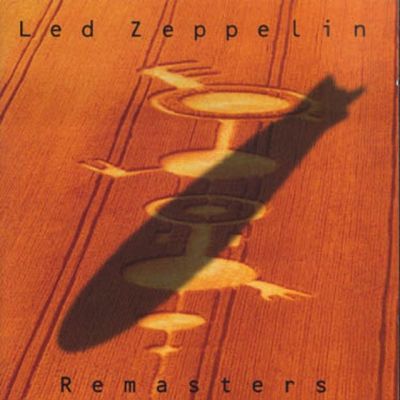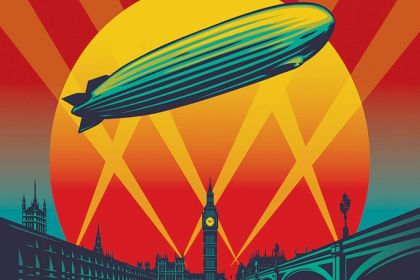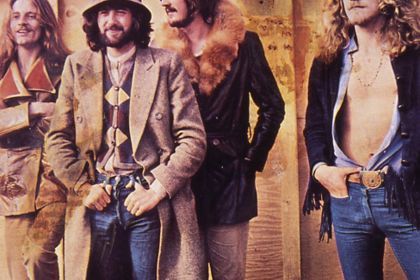Music Theory
No Quarter: two minor modal modes of Led Zeppelin's psychedelic track

Led Zeppelin Remasters CD cover
No Quarter is one of Led Zeppelin's more psychedelically inclined tracks first released on the 1973 album Houses of the Holy. The 7-minute song became the highlight of the band's final tour and was often expanded live to a 15-minute version with a central section featuring keyboard improvisations by John Paul Jones who simultaneously performed the bass line with his left foot.
Written by Robert Plant, the song lyrics are imbued with mysticism while hinting at an upcoming battle, and the title itself is a military terminology reference, meaning "no mercy". In the early modern period, the signal "no quarter" was usually given to enemy troops by raising a bloody flag that showed no intention to save the lives of captured soldiers, i.e. literally giving no quarter/housing to the prisoners.
The somewhat atypical meditative sound of No Quarter is achieved by a simple harmony. Here the solo keyboard parts develop against the background of only one minor chord, and the soft-sounding electric guitar is curiously absent of a standard rock riff.
When performing live, Jimmy Page used the rare theremin instrument to mimic the dog whines to accompany the lyrics "the dogs of doom are howling more". In his concert improvisations, John Paul Jones often deviated from the album version keyboard line which brought about the speculation that the record version's particularly skillful parts were played by another musician.
Listen to No Quarter (Remaster) by Led Zeppelin:
Compositionally, No Quarter follows tonal theory and reveals a curious combination of two minor modal modes—Phrygian and Dorian.
In the harmonic analysis of the verses chord chains, the scale degrees (denoted with Roman numerals) show the following progression in C Phrygian: C♯m–A–Dsus2–C♯m or i–VI–II–i. The main feature of the Phrygian mode is undoubtedly its major supertonic triad rooted in a lowered second scale degree which is often referred to as the Neapolitan chord. In this progression, the supertonic Dsus2 chord with the added major second has the same function as the Neapolitan chord, and its resolution in the C♯m minor tonic chord forms a plagal cadence in the verse finals.
No Quarter choruses show the chord chain composed in the Dorian minor: C♯m7–C♯m–F♯m7–C♯m7 or i7–i–IV7–i7. Here the harmonic rhythm is produced by alternating the minor tonic and major subdominant chords.
Explore how Led Zeppelin uses other musical modes in our articles:
- Aeolian mode in Led Zeppelin songs
- Lydian mode in Led Zeppelin songs
- Dorian mode in Led Zeppelin songs
Learn more about the structure of these diatonic musical modes explained through the harmonic analysis of popular songs in the following articles:
- Popular songs featuring Phrygian mode and Neapolitan chord
- 5 songs featuring Dorian mode
- Things We Said Today: the only Beatles song featuring Phrygian mode
- Burbujas de Amor: playful and saucy lyrics by Juan Luis Guerra
- Knights of Cydonia: Dorian-mode refrain boosting best Muse song
- El Farsante and 7 more songs by Ozuna in Dorian and Aeolian modes



